Jeep launched its first all-electric model, the Wagoneer S, this week and has more coming. But the brand wants to give buyers “freedom of choice” and, rather than go 100% EV, officials told Headlight.News they’ll soon offer six different electrified powertrain options, including a new range-extender system shared with the Ram truck brand.
Jeep “is going full speed into electrification,” CEO Antonio Filosa said during an exclusive interview with Headlight.News. But, unlike a number of competing automotive brands, that doesn’t mean it’s set a goal of switching exclusively to battery-electric vehicles.
Quite the contrary, according to Filosa and other Jeep officials who we spoke to this week, following the debut of the 2024 Jeep Wagoneer S, the brand’s first all-electric model.
There are six different powertrain technologies in the brand’s tool kit and Jeep plans to follow a mix-and-match approach, they explained. Depending upon the model, its use case, consumer preferences and, of course, financial considerations, vehicles like the Wrangler, the Grand Cherokee and the Wagoneer each could offer as many as three different powertrain technologies going forward.
Flexibility
“With today’s dynamic markets conditions, the key is flexibility,” stressed Bill Peffer, the head of Jeep’s North American operations.
As recently as the start of this year, there was a growing consensus that the era of the EV was fast approaching. U.S. sales had grown more eightfold between 2019 and 2023, reaching around 8% of the American market. But, as the technology began going from niche to mainstream, the pace of growth started to slow – though it’s still forecast to jump 10% for all of 2024, to reach as much as 1.5 million EV sales.
Even the Biden administration has eased back, revised emissions rules for the rest of the decade setting a slower pace for the switch to EVs. And, by 2032, automakers will still be allowed to cut back on total battery-electric vehicle sales, substituting up to 15% plug-in hybrids.
Both Peffer and Filosa said that Jeep expects to be able to adapt to market demand, increasing production of whichever technology – or technologies – consumers prefer, though they acknowledged that will still have to account for regulatory restrictions.
The options
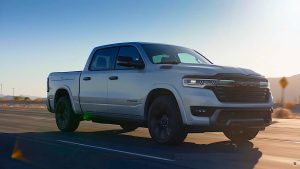
The first Stellantis application of the range extender system will be on the Ram 1500 Ramcharger. Jeep will follow later next year.
There are today seven possible powertrain options that Jeep has looked at. It’s eliminating only one, said Filosa, finding no compelling business case for using hydrogen fuel-cell technology. The others that it plans to incorporate in future products include:
- Pure ICE, or internal combustion engines;
- Mild hybrids which are typically 48-volt systems with starter/generator motors providing a small bit of boost to power and enabling fuel-saving start-stop functionality;
- Conventional hybrids like the technology in the original Toyota Prius;
- Plug-in hybrids, already used for the Wrangler 4xe, the best-selling PHEV in the U.S. Such vehicles can use the gas engine, the electric motors or both to power the wheels;
- Range-Extender technology, which sibling brand Ram will use for the 1500 Ramcharger pickup. Here, the internal combustion engine works only as a generator to keep the batteries charged;
- Battery-electric, like the system used in both the Wagoneer S and the upcoming Wrangler Recon.
More Electrification News
- Jeep Taking EVs Off-Road with Wagoneer S Concept
- Jeep Unveils the All-Electric Wagoneer S
- Fisker Slashes Hundreds More Jobs
Mix-and-match
Jeep is still locking down its new strategy, Filosa said, adding that it has to figure out which technologies work best in which situation. Among other things, that will depend on the target audience, vehicle volumes and anticipated usage.
The relatively low-volume Wagoneer S, he explained, will be sold only in all-electric form. For the new Recon, while launching as an EV, “there may be two” powertrain options eventually. And for “larger volume (products) we can have more than two.”
The Wrangler and the Grand Cherokee were the first two examples, offering both ICE and the 4xe – pronounced “4-by-e” – system. Gladiator will soon add that plug-in hybrid option, as well.
The two current gas-powered Wagoneer models will become the first Jeep products to get range-extender options. Filosa told Headlight.News that technology will show up in the second half of 2025.
Range extenders
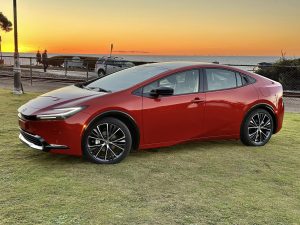
Jeep — and parent Stellantis — isn’t the only manufacturer looking for a more flexible electrification strategy. Toyota is following a similar route with products like the Prius Prime.
What name Jeep will use for that system is still being debated internally. From a technical standpoint, however, the correct term is “serial hybrid.” Conventional hybrids and plug-ins are parallel hybrids, meaning they can send power to the wheels from either the ICE or the electric side of the drivetrain.
Also known as range-extenders, serial hybrids will debut at the Ram brand next year in the Ram 1500 Ramcharger. There, a simplified version of the new Stellantis Hurricane Inline-6 gas engine is paired with a modest-sized battery pack, perhaps 30 to 50 kWh. The pack itself might offer a range of anywhere from 30 to 70 miles. But the gas engine can fire up, serving solely as a generator, to keep the batteries charged up and providing energy to the electric motors.
It’s actually a simpler approach than the dual-drive plug-in technology. And it can be cleaner to operate since the gas engine normally operates in a very narrow rev range.
Off-roading
While it may seem counter-intuitive, electrified drivetrains offer a number of advantages, especially for brands that put a premium on off-roading, explained tech chief Ned Curic.
That starts with the instant torque electric motors develop. No waiting for an internal combustion engine to rev up. The twin-motor drive in the new Jeep Wagoneer S makes 600 horsepower and 617 pound-feet, enough to launch it from 0-60 in barely 3.4 seconds. In off-road situations, meanwhile, that makes it particularly easy to climb obstacles, such as rocks or fallen tree limbs. Jeep is exploring the potential for an off-road version, the Wagoneer S Trailhawk Concept.
“You have better motor control,” he said during an interview.
The downside of an EV is that heavy loads, especially when towing large trailers, can sharply reduce range – which is why the original Wagoneer and Grand Wagoneer models are going to get range-extenders rather than go all-electric.
The technology could show up on other Jeep products in the future, Curic hinted, adding that, instead of the Hurricane I-6, Jeep might opt for a smaller ICE component, such as a four-cylinder gas engine, depending upon the vehicle.
In good company
Jeep is by no means the only automaker adopting a flexible, electrified powertrain philosophy. If anything, even some brands, like General Motors which has been on a self-described “path to an all-electric future,” are rethinking their options.
GM CEO Mary Barra recently announced that the automaker will introduce a small number of PHEVs. Specific details haven’t been revealed but it is widely expected these will be large products, such as the Chevrolet Tahoe, whose buyers tend to tow and carry heavy loads.
Ford CEO Jim Farley has ordered delays in some of the automaker’s EV programs and now plans to add more hybridized products.
If anything, the Jeep strategy lines up most closely with Toyota’s. The Japanese giant also has argued that automakers need to offer buyers a range of powertrain choices. The one key difference between Toyota and Jeep is that the Asian manufacturer continues to see hydrogen fuel-cell technology as a viable option.

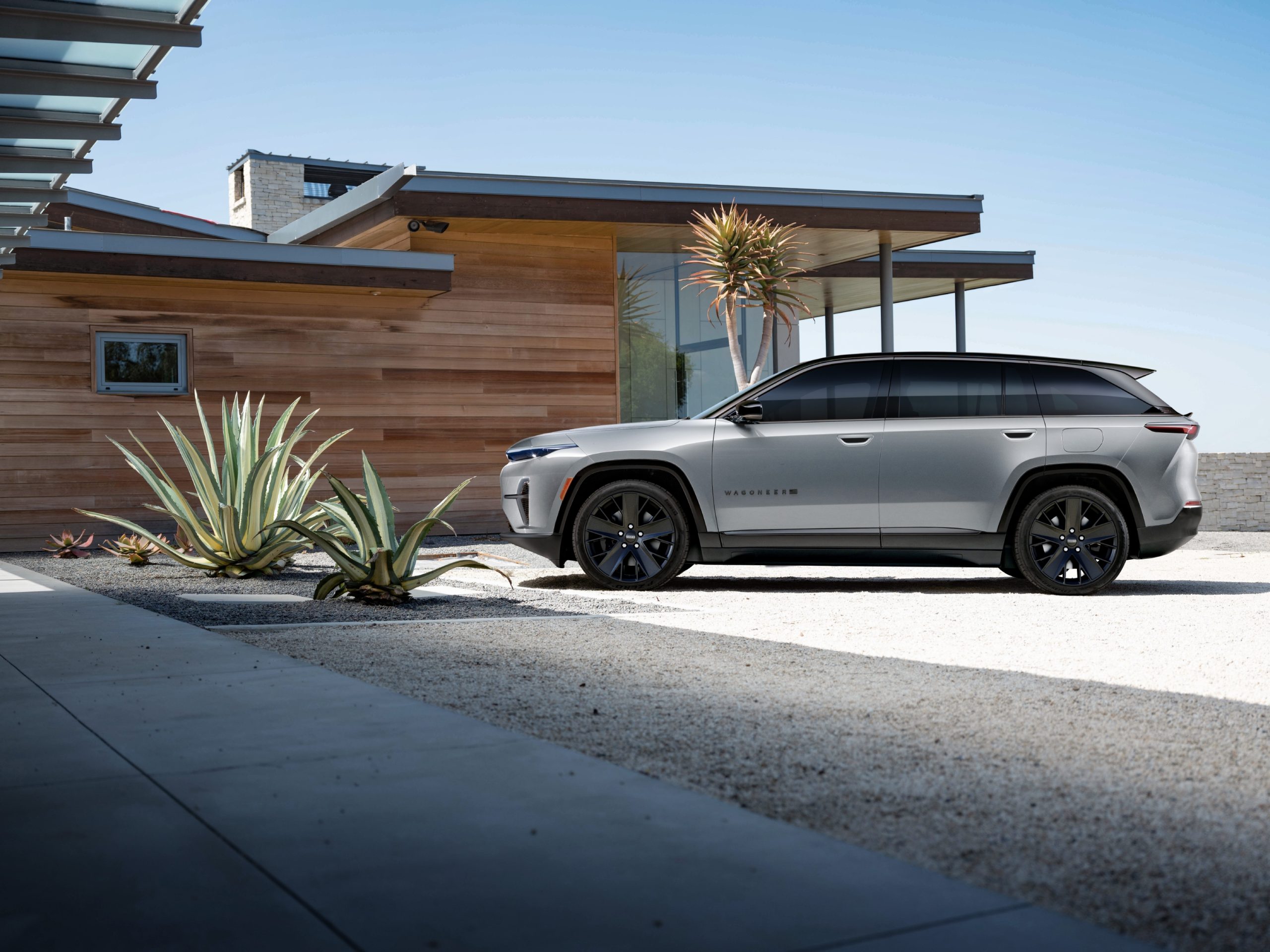
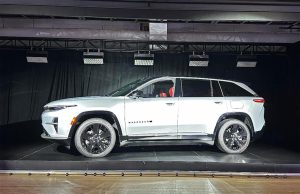
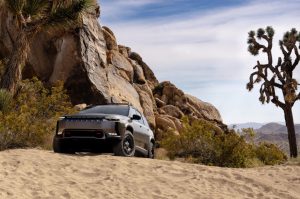
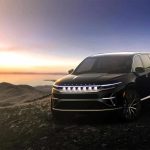
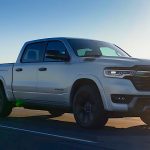

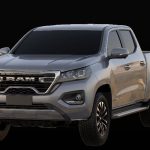
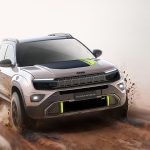
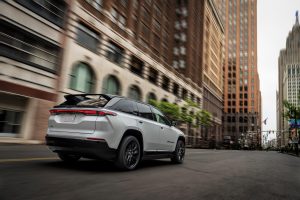

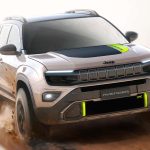
0 Comments